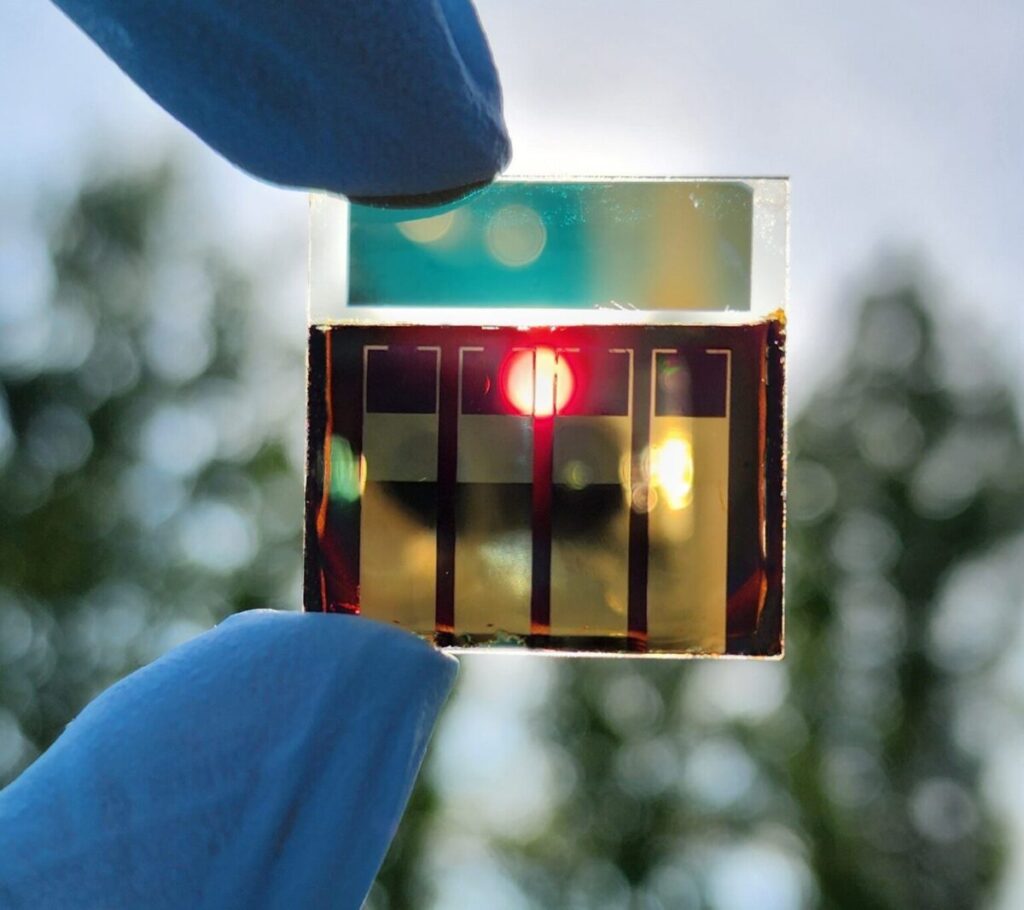Scientists from the Korea Institute of Energy Research claim that they have reached the highest efficiency ever that has ever been reported for a perovskiet-cigs tandem solar cell with flexible, lightweight architecture. The device also appeared to achieve “excellent” sustainability.
The Korea Institute of Energy Research (KIER) announced that it achieved a power conversion of 23.64% for a tandem solar cell based on a topperovskiet device and a soil cell based on copper, indium, gallium and diselenide (CIGS) technology.
The result is a world record for lightweight, flexible Tandem Perovskite-Sigitarian devices, the research group said, without specifying whether it was confirmed by an independent external entity.
“The lift-off process developed by the research team includes the coating of a polyimid layer on a glass substrate, manufacturing the perovskiet-cigs tandem on top, and then separating the glass,” the institute said in a statement.
“In contrast to conventional methods that use flexible polyimide film directly as the substrate, this approach uses stiff glass as a supporting base, making the solar cells possible. The use of a flat, rigid glass substrate also ensures uniform layout, which leads to improved device performance.
The proposed production technique is reportedly avoiding potassium diffusion of the glass substrate in the light-absorbent layer of CIGS, which can create defects in the CIGS absorber. This was achieved by coating the glass substrate with a polyimide layer coated on the glass substrate, was able to suppress the diffusion of potassium calium.
Tested under standard lighting conditions, the tandem cell also showed “excellent” sustainability. “After performing 100,000 bending cycles, the solar cells maintained 97.7% of their initial efficiency,” said the academics.
“The power-weight ratio of the manufactured solar cell is about 10 times higher than that of perovskiet/silicon tandem solar cells, making it promising for applications in fields that require ultralight solar modules, such as building exterior, vehicles and levels.” said the main author of the investigation, Kihwan Kim.
The device was presented in the newspaper “Flexible and lightweight Perovskite/CU (In, GA) SE2 Tandem solar cells“Which was recently published in Joule.
This content is protected by copyright and may not be reused. If you want to work with us and reuse part of our content, please contact: editors@pv-magazine.com.

